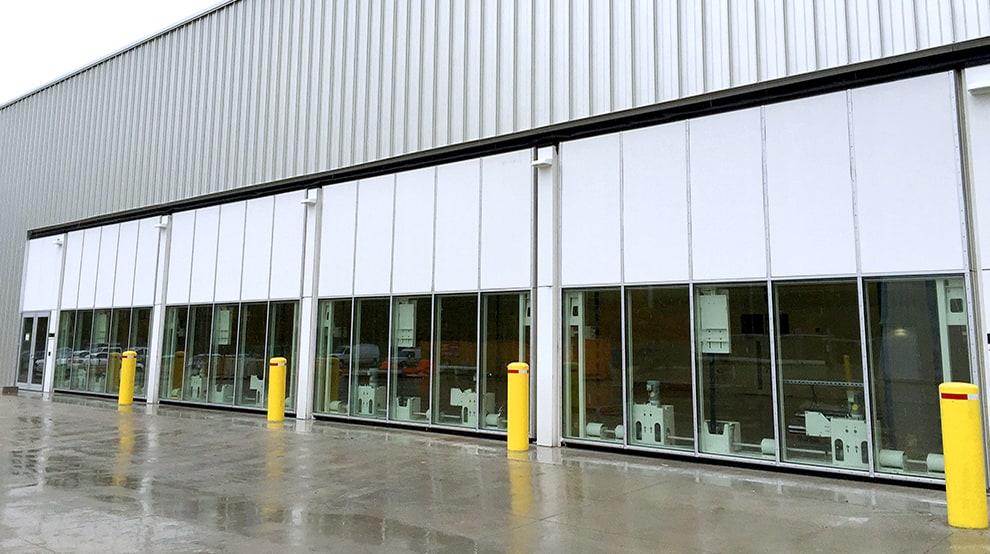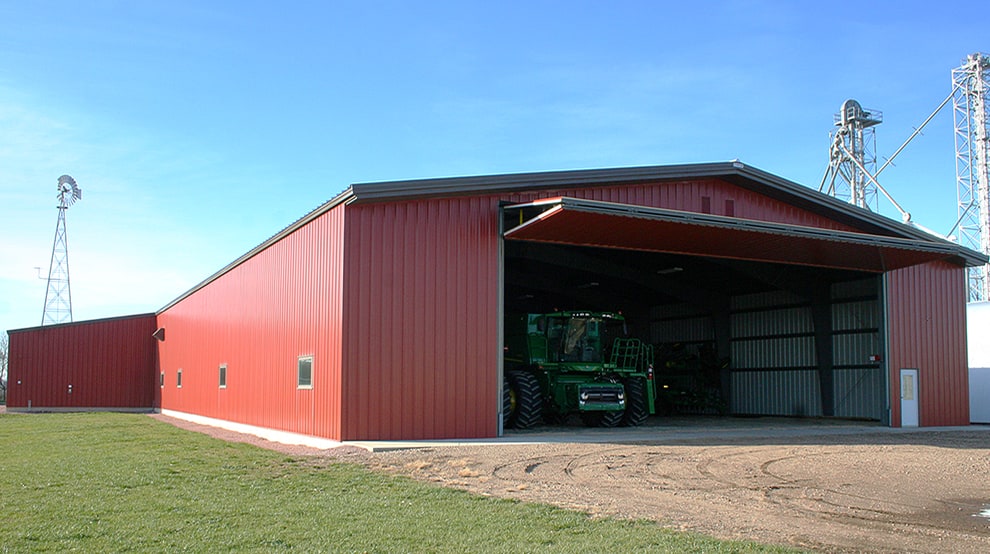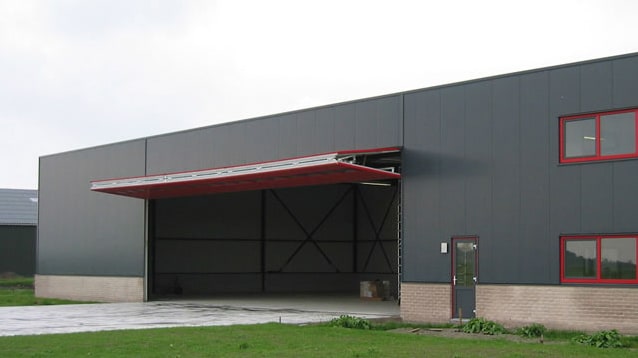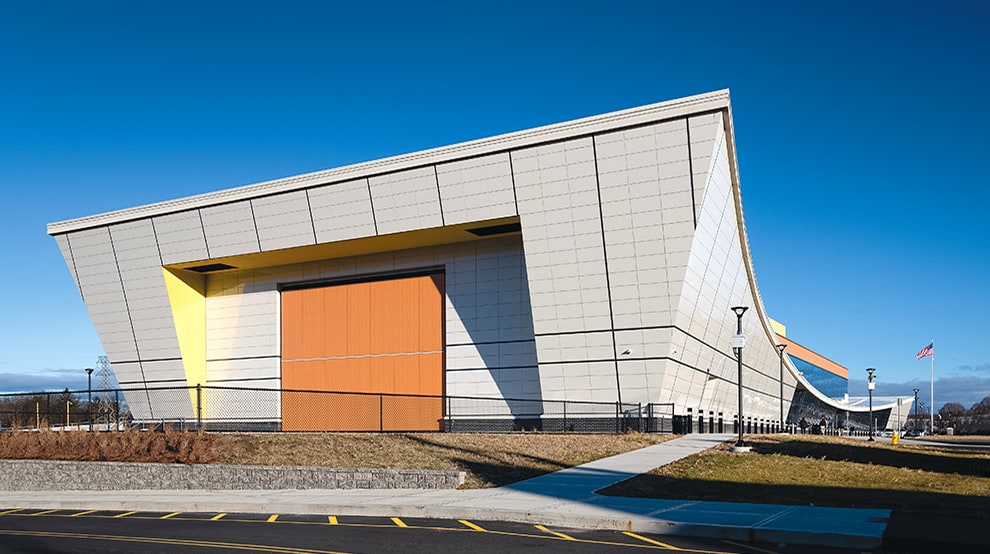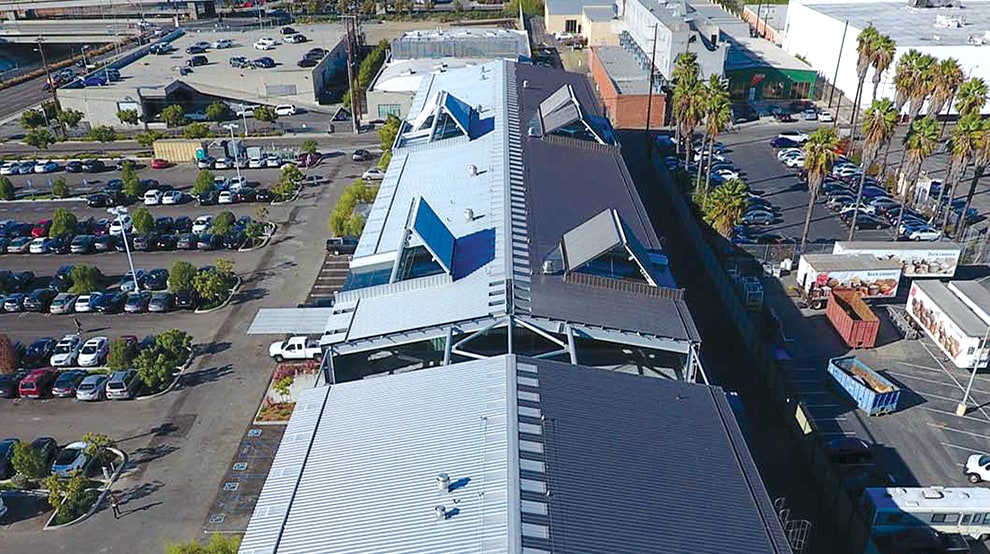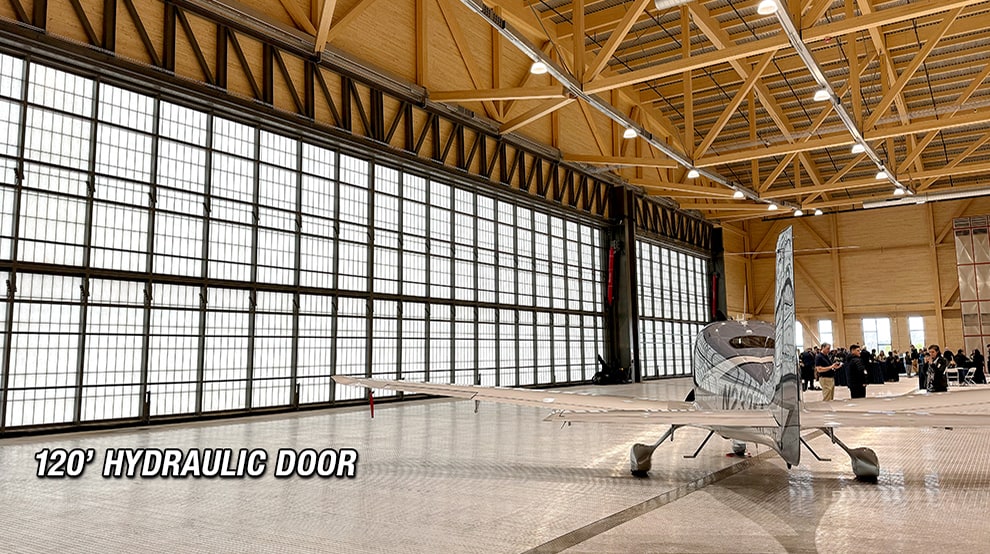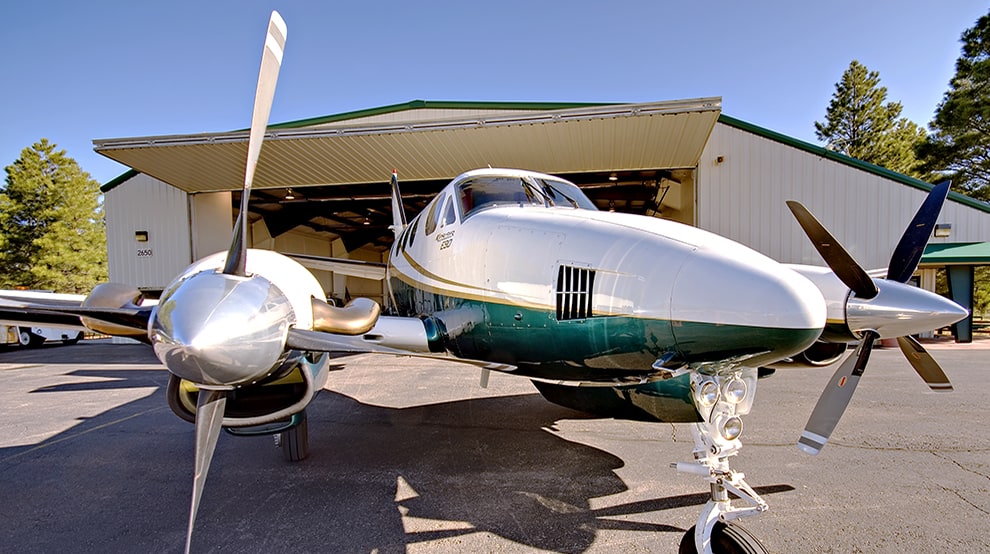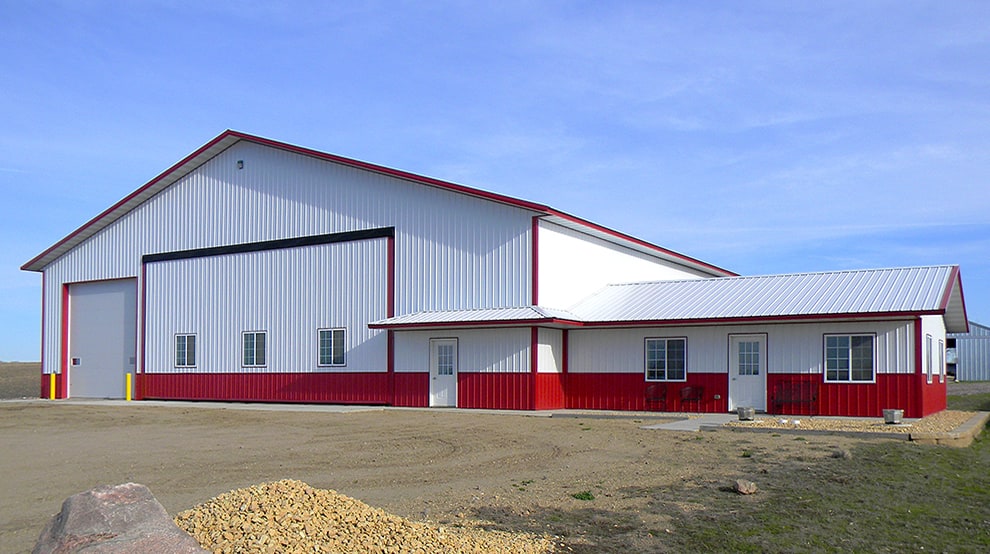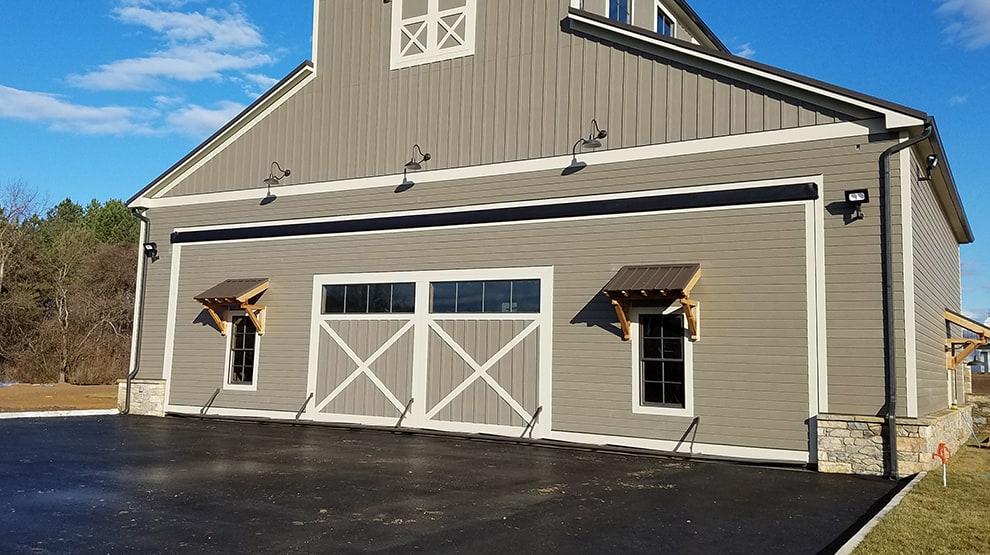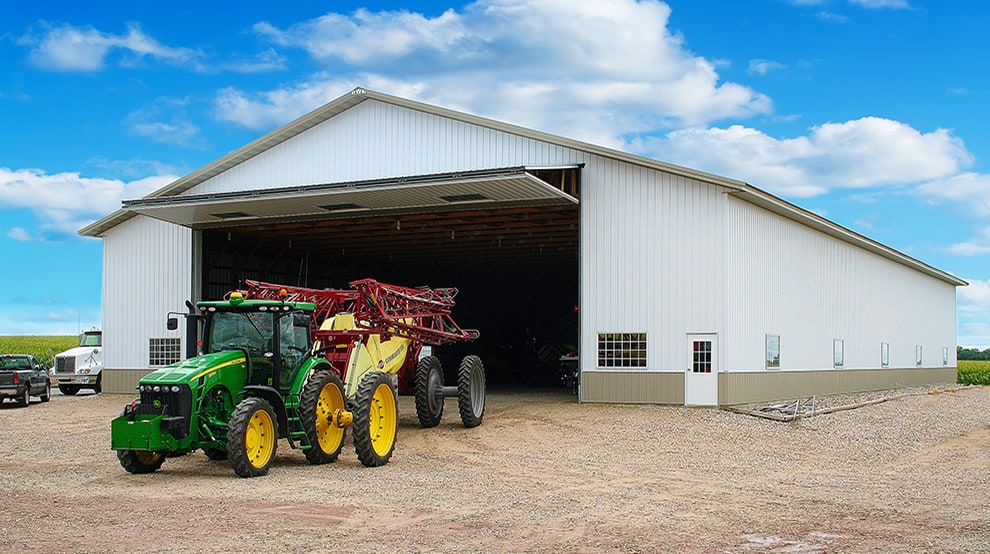
History of Floatplanes
Floatplanes
Floatplanes are a specific type of seaplane that feature pontoons, more commonly
called floats, mounted to the plane's fuselage instead of wheels. Floatplanes are
usually land-based aircraft that are converted to floatplanes by removing the existing
landing gear and adding floats. Most modern floats allow for your aircraft to be
amphibious by operating on both land and water.
Floatplane history goes as far back as 1910 when the first floatplane was built by the
French. Floatplanes saw service in both WWI and WWII for reconnaissance, bombing
runs and air-sea rescue. By the end of WWII floatplane use saw a decrease in military
usage due to the advancement in radar and helicopters. Floatplanes also saw a decrease
in civilian use as an increase in civilian airstrips allowed easier access to many areas
with standard land-based aircraft. Throughout the years floatplanes have found a home
among bush pilots who often fly into remote and rugged country, where landing strips may
not be available and the ability to land on lakes is often the only way to land.
Flying Boats
Flying boats are another type of seaplane and are different from floatplanes in several key
ways. First flying boats have a watertight fuselage that acts like the hull of a boat. Often
flying boats will feature small floats attached to each wing to stabilize the aircraft when
it's on water. Flying boats reached the height of their popularity in the early 1900s when a
lack of large airstrips limited the destinations that land-based aircraft could get to. Much
like floatplanes, flying boats serve several uses during WWI and WWII ranging from reconnaissance
to search-and-rescue missions.
Flying boats were some of the largest aircraft to be built during the early 1900s, and as a result,
ended up serving as cargo and passenger transports across the Atlantic Ocean during non-war times. Much
like floatplanes, as larger runways became more widespread and advancements in land-based aircraft
extended their ranges, flying boats began to fall out of favor. Because of their ability to
carry heavier payloads, most flying boats still find use as water tankers to fight wildfires.
Amphibious Planes
Amphibious planes offer a hybrid option between land-based and water-based flight operations. By
including either wheels attached to the floats, in the case of float planes, or retractable wheels,
in the case of flying boats, a airplane can be landed on either land or water. This ability to be so
multifunctional is often favored by bush pilots and others who often travel to more rugged and less
developed areas.
Although amphibious planes are not as common or popular as general land-based aircraft, many of these
planes serve a useful purpose in many specialized roles.
